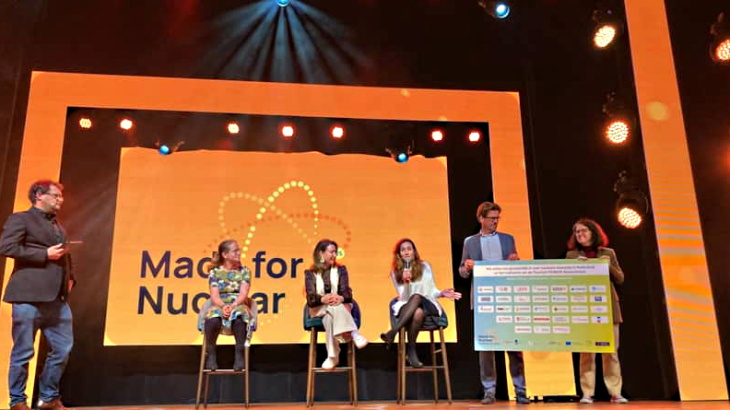An investigation is under way to determine whether the safety function of isolation condensers at Fukushima Daiichi 1 was affected by the earthquake of March 2011 prior to the subsequent tsunami that inundated the plant.
.jpg) |
| The two isolation condensers of Fukushima Daiichi unit 1. The debris - including insulation that had covered the condensers - resulted from a hydrogen explosion the day after the earthquake and tsunami struck (Image: NRA) |
The isolation condensers cool steam from the reactor's pressure vessel, turning it back into water which is then returned into the reactor. This system provides critical cooling of the reactor in the event of an accident, even in the event of a loss of power.
The government-appointed Fukushima Nuclear Accident Independent Investigation Commission has previously raised the possibility that these condensers were damaged by the magnitude 9 earthquake. This may have resulted in the accident progressing more quickly.
However, plant operator Tokyo Electric Power Company (Tepco) has maintained that the condensers performed as designed after the earthquake but stopped working when the tsunami struck about one hour later. Moves to begin water injection began as soon as the failure of the isolation condensers was realised.
Japan's Nuclear Regulation Authority (NRA) conducted an on-site inspection of unit 1's condensers - located on the fourth floor of the reactor building - at the end of May. It will now attempt to determine exactly when the components stopped working.
If the NRA concludes that the isolation condensers stopped functioning due to quake damage, it could stipulate new seismic requirements for the components in safety regulations currently being written.
Researched and written
by World Nuclear News




_16403_79272.jpg)


_69218.jpg)

_76087_55556.jpg)



